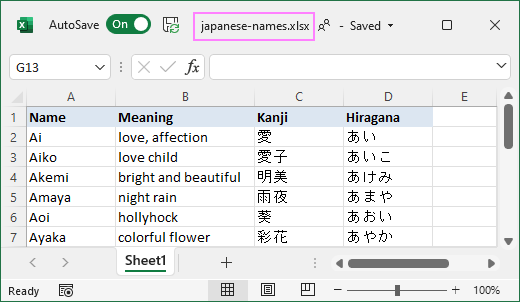

For binary units, the word length is 16 characters, for octal units, it's 6 characters, and for hex, it's 4 characters. Also, you can pad units with zeros to get a full-word length. You can improve the byte format by adding the radix prefix in front of binary units ("0b"), octal units ("o"), and hex units ("0x"). File Format Information: TXT (Plain Text) is a sequence of lines of electronic text, contains only ASCII or Unicode text, the most common character encodings available for Unicode is UTF-8, each line of text separated by a. If the source file is a very large file, it will take more time to upload, be sure to select a valid file. You can also adjust the output by setting a separator character between all 16-bit units. This converter cannot support encrypted or protected ebook files. You can choose if you want to include BOM in the output. BOM for UTF-16BE is 0xfeff and for UTF-16LE it's 0xfffe. UTF-16 supports the byte order mark (BOM) prefix that signals its endianness. The LE form puts the least significant byte first and is the dominant ordering in networking protocols. The BE form puts the most significant byte first and is the dominant ordering for processor and memory architectures. You can switch between the Big Endian (BE) and Little Endian (LE) byte order formats. Use the radix dropdown to quickly select one of the most commonly used radixes, such as binary, octal, decimal, and hex bases, or select the custom radix option to use any other radix. With this tool, you can output the encoded bytes in any radix from 2 to 36.
UTF 8 CONVERTER ONLINE CODE
The surrogates are composed of two parts – the high surrogate in range U+D800 - U+DBFF (1,024 code points) and the low surrogate in range U+DC00 - U+DFFF (also 1,024 code points).

UTF-16 uses a single 16-bit code unit to encode the first 65,000 most common characters (up to code position U+FFFF, which covers the entire basic multilingual plane) or a pair of 16-bit code units (called a surrogate pair) to encode all remaining code points in the supplementary multilingual plane and other 15 Unicode planes (code points starting at U+10000 and ending at U+10FFFF). UTF (Unicode Transformation Format) is a mapping from every Unicode code point to a unique two- or four-byte sequence. This browser-based utility converts your Unicode text to UTF-16 encoding.


 0 kommentar(er)
0 kommentar(er)
